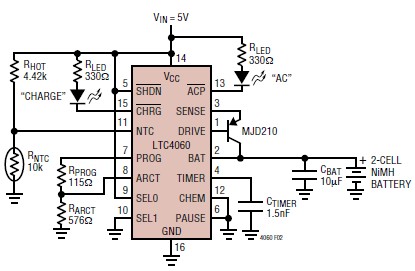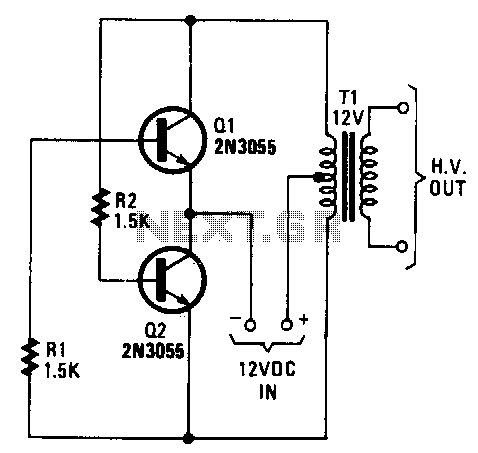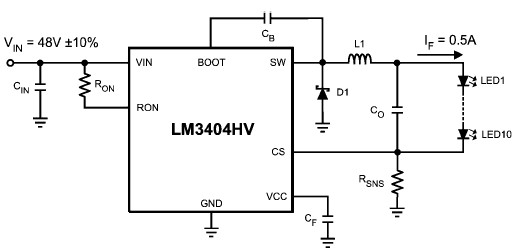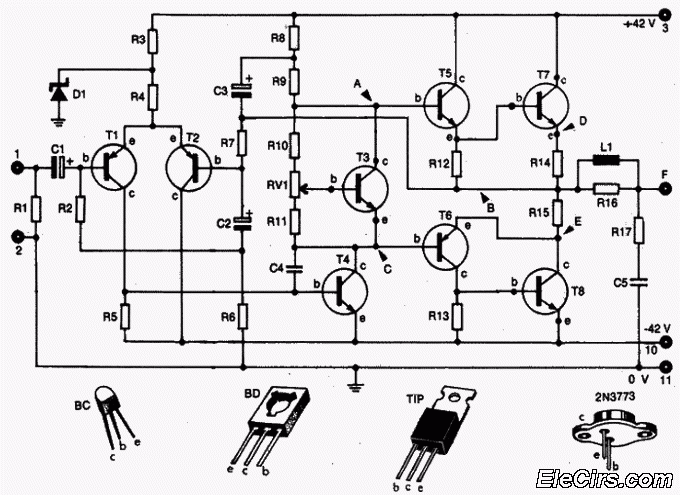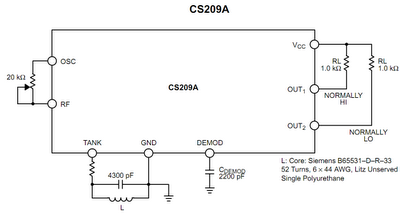
Build An Efficient 500-W Solar-Power Inverter Using IGBTs
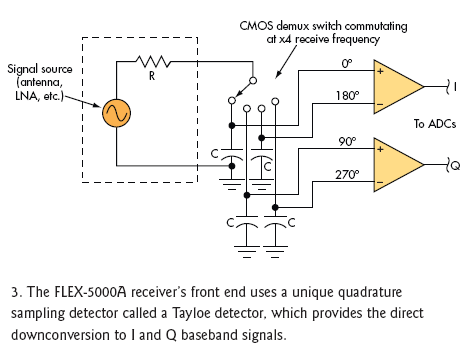
Wibowa Chou from IR discusses the benefits of fourth-generation IGBTs compared to MOSFETs, particularly in the context of a practical solar inverter application.
Fourth-generation Insulated Gate Bipolar Transistors (IGBTs) offer significant advantages over Metal-Oxide-Semiconductor Field-Effect Transistors (MOSFETs) in various applications, especially in power electronics such as solar inverters. The primary benefits of using fourth-generation IGBTs include improved efficiency, reduced switching losses, and enhanced thermal performance. These characteristics make them particularly suitable for high-power applications where efficiency and reliability are paramount.
In a solar inverter application, the role of IGBTs is critical as they convert the direct current (DC) generated by solar panels into alternating current (AC) suitable for use in the electrical grid or for powering household appliances. The fourth-generation IGBTs are designed to operate at higher voltages and currents, allowing for a more compact and efficient inverter design. Their lower conduction losses contribute to higher overall system efficiency, which is essential for maximizing the energy harvested from solar panels.
Additionally, the improved switching characteristics of fourth-generation IGBTs lead to reduced electromagnetic interference (EMI) and lower thermal stress on the components, which enhances the longevity and reliability of the inverter. The integration of these IGBTs in solar inverters not only increases the performance of the system but also contributes to the overall reduction of the carbon footprint, aligning with the growing demand for sustainable energy solutions.
In summary, the advancements in fourth-generation IGBTs present a compelling case for their use in solar inverter applications, where efficiency, reliability, and performance are critical factors.IR`s Wibowa Chou explains the advantages of 4th-generation IGBTs over MOSFETS with a practical solar inverter application. 🔗 External reference
Fourth-generation Insulated Gate Bipolar Transistors (IGBTs) offer significant advantages over Metal-Oxide-Semiconductor Field-Effect Transistors (MOSFETs) in various applications, especially in power electronics such as solar inverters. The primary benefits of using fourth-generation IGBTs include improved efficiency, reduced switching losses, and enhanced thermal performance. These characteristics make them particularly suitable for high-power applications where efficiency and reliability are paramount.
In a solar inverter application, the role of IGBTs is critical as they convert the direct current (DC) generated by solar panels into alternating current (AC) suitable for use in the electrical grid or for powering household appliances. The fourth-generation IGBTs are designed to operate at higher voltages and currents, allowing for a more compact and efficient inverter design. Their lower conduction losses contribute to higher overall system efficiency, which is essential for maximizing the energy harvested from solar panels.
Additionally, the improved switching characteristics of fourth-generation IGBTs lead to reduced electromagnetic interference (EMI) and lower thermal stress on the components, which enhances the longevity and reliability of the inverter. The integration of these IGBTs in solar inverters not only increases the performance of the system but also contributes to the overall reduction of the carbon footprint, aligning with the growing demand for sustainable energy solutions.
In summary, the advancements in fourth-generation IGBTs present a compelling case for their use in solar inverter applications, where efficiency, reliability, and performance are critical factors.IR`s Wibowa Chou explains the advantages of 4th-generation IGBTs over MOSFETS with a practical solar inverter application. 🔗 External reference
